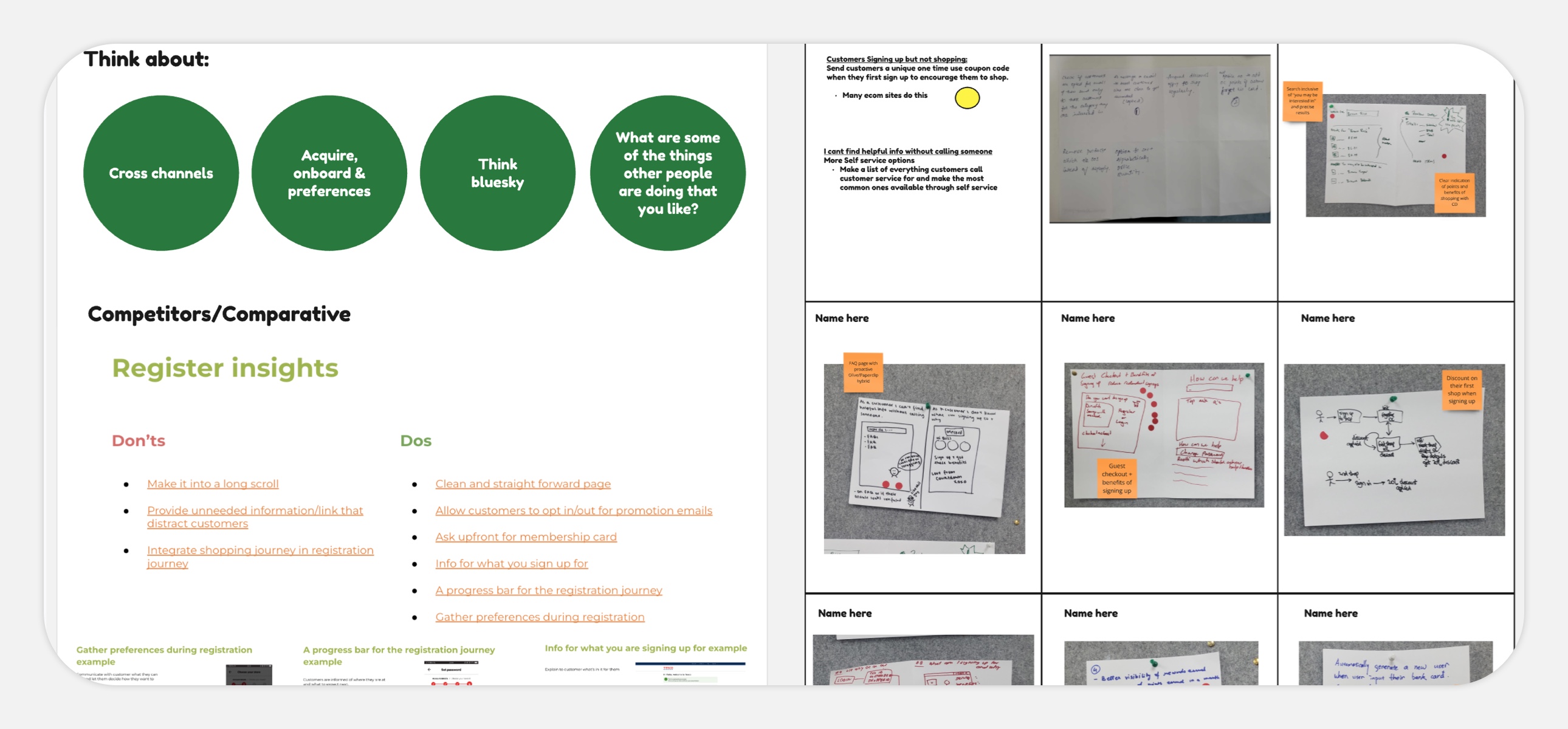How it works
Here I am, hard at work
The Double Diamond
As a foundation for all the projects that I look at, I use the Double Diamond design process. While this is not a linear process, and not all projects will have to go through all four stages, it serves as a good guide as to how to tackle a project holistically to make sure that we are doing things right, and for the right reasons.

Discover
When receiving an idea for a project, the first step is to look at it critically.
Activities that I like to do in this phase are:
- Design canvas
- Customer research
- Analytics and insights
- Stakeholder/team engagement

STAGE TWO
Define
The second stage of the Double Diamond is the Define stage.
In this stage, I look at solutionising, as well as defining the STAGEs that the team would take to best plan for and achieve the outcome. This is an essential STAGE to set us up for success, and includes collaboration with people from various areas of the business.
Activities that I like to do in this phase are:
- Ideation - Facilitating workshops to ideate solutions, this can include relevant stakeholders or team members.
- Activity mapping - This will help define roles and responsibilities, the activities that need to be done to achieve feasibility and viability checks, and shape up what the roadmap and timelines might look like.
- Success metrics - Defining our goals and what success would look like, and how we would track it.
- Journey/process mapping - Mapping out what the customer experience is like.
STAGE THREE
Design
The Design phase consists of a few components:- Concepts and wireframes - This can include high level site/page IA, sketches, and wireframes.
- Prototyping and testing - Refining concepts and gather valuable feedback from potential users. Different projects will require different types of testing, which could include facilitated testing, remote testing, surveys, or A/B testing. A report is usually generated after the user test, with a summary of the conducted test, key insights, details which could include a page-by-page breakdown of the prototype, and recommended next STAGEs.
- High fidelity designs - Detailed design, including UI and interaction design
STAGE FOUR
Deliver
Communication is key in handing off the designs to the development team:- Involve them in the design process from the start
- Take them through the entire user journey that needs to be produced
- Use tools such as Figma or Zeplin to mark points of interaction and notes
As part of delivery, a key thing is also to make sure that the right tracking and analytics are in place so that we are able to monitor and iterate on how the design and experience is doing, and make sure it aligns to the goals and success metrics that were earlier set out.












